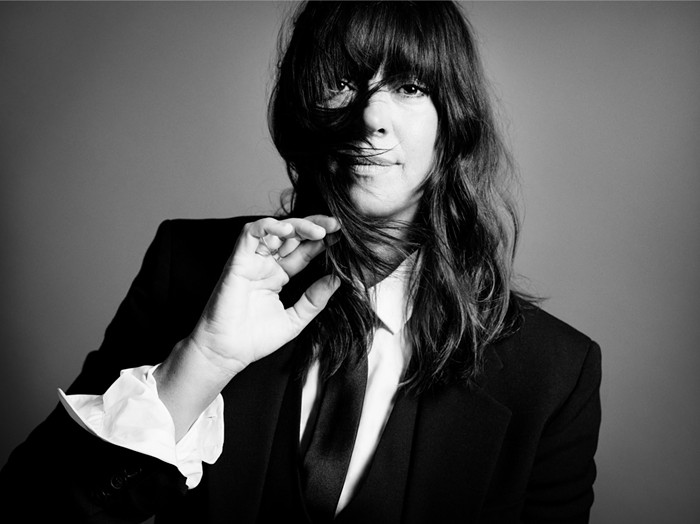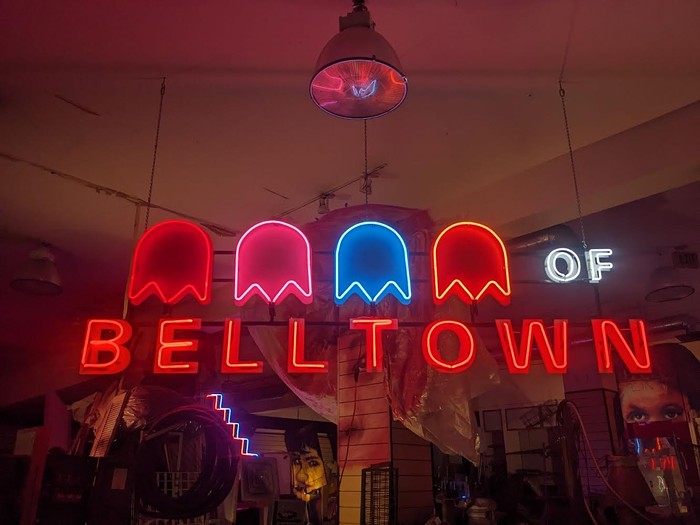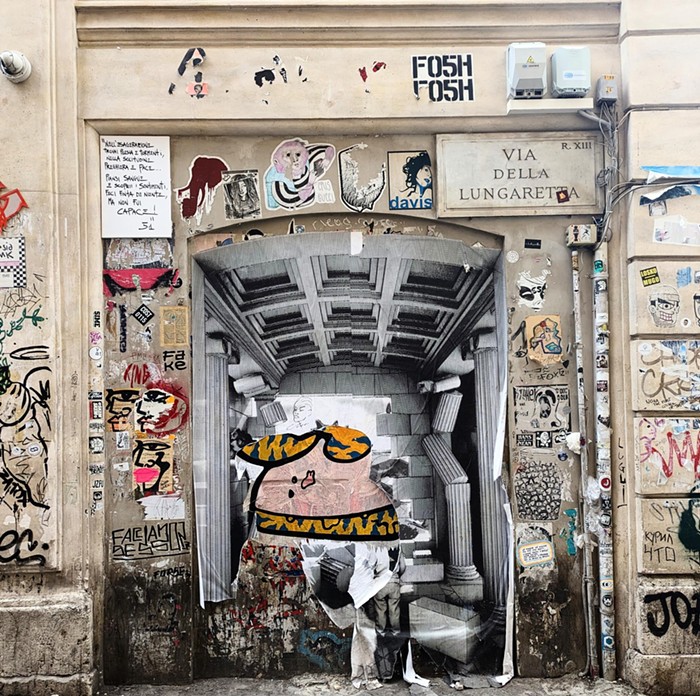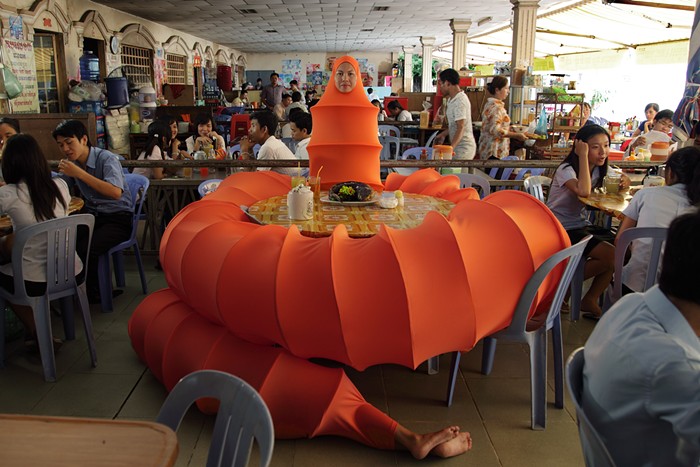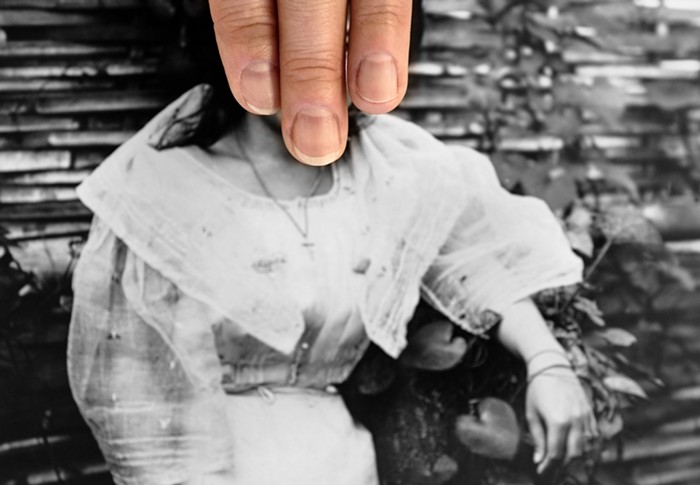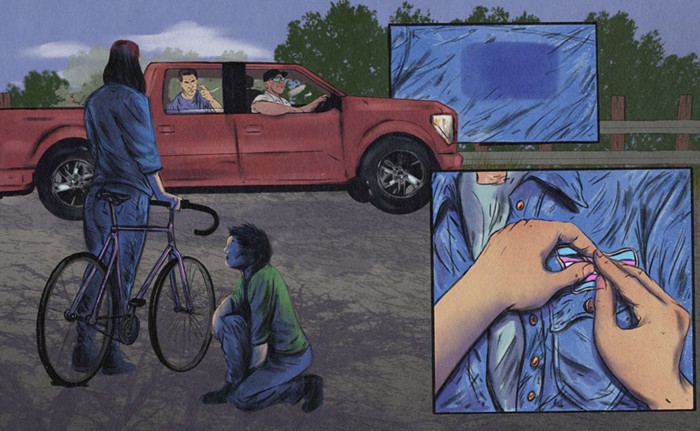"The era of taste has been succeeded by the era of meaning," Arthur C. Danto has written about the legacy of 20th-century art, and this could not be truer. Ugly art is neither necessarily bad art nor degrading to its audience; it might, instead, be a yowl against depravity. As Danto points out, when Picasso was asked by a German soldier whether he made Guernica, he replied that he did not, but instead that the Germans created that repugnant image.
More than in music or theater or film, traditional taste in art is dead. In fact, the very concept of taste is moribund. I think of my own visual predilections as little criminals. When I look at art, they are released, and I let them run rampant in my mind, bumping into things, but I have to take them in for questioning in order to write a review.
Since taste is such a losing proposition, I attended with curiosity the panel "What Dictates Taste?" at EMP last week. Spokesman Christian-Philippe Quilici opened things up with Ruskin's famous quote "Tell me what you like, and I'll tell you what you are." (Ruskin prefaced this statement by linking taste not with societal but ethical dictates: "Taste is not only a part and index of morality, it is the only morality. The first, last, and closest trial question to any living creature is, 'What do you like?'" Of course, the follow-up must be, "Explain.") Judging from the tastes expressed on this panel, P-I art critic Regina Hackett is a big-hearted art champion, gallery owner James Harris is a businessman driven more by love than money, Sotheby's auctioneer Tobias Meyer is a businessman driven more by money than love, and private collector Barney Ebsworth is a raconteur.
Most fascinating was Meyer, who represents taste in its most loathed form: the blank, amoral market. He described himself as its human embodiment: "I don't have tastes. It's like a yoga posture. I look, and then I try to clear my mind."
He told the story of a Russian buyer who has no taste. In its place, she has only personal history bounded by national realities. Russians have gained newfound buying power in recent months, and burst onto the market, out of nowhere, as this woman did. "You don't understand, I want abundance," she told Meyer when he suggested, genteelly, that maybe she didn't need all the impressionist paintings for sale. "I will buy it all," she retorted. "And then I will come back and buy again."
According to Meyer, a fashionable millionaire was once advised to acquire a Monet water-lily painting, but these days his living room isn't complete without a de Kooning. Upstairs from the lecture room, in the showroom housing the exhibition DoubleTake, Paul Allen's water lilies and his de Kooning hang next to each other. They form a perfect monument—a tombstone, really—to taste.

